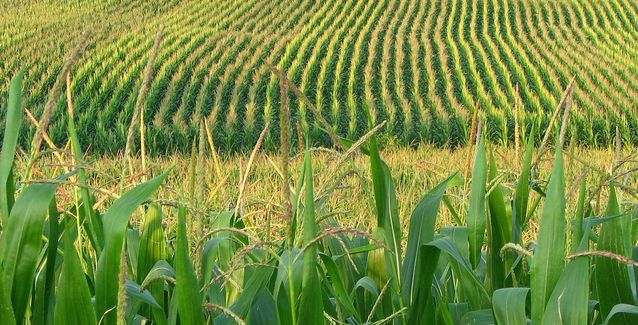Ag sector taking hits from pandemic
by April 13, 2020 10:39 am 689 views

The COVID-19 pandemic has disrupted virtually every economic sector in country and state, but no sector is facing more uncertainty than the agriculture sector. A multi-sector economic impact report has been released by the University of Arkansas System Division of Agriculture.
“Arkansas is highly reliant on agriculture – a functional food supply chain in these times is critical and agriculture is very important to the state’s economy with about a sixth of its economy depending on this sector,” said Mark Cochran, vice president-agriculture for the University of Arkansas System. “We needed to quickly assess the potential impacts all around as the state grapples with this pandemic. It’s important to note that this is a first installment. We will continue to analyze the situation and provide timely reports from this highly experienced team.”
The protein industry is in a volatile situation at the moment, Arkansas Farm Bureau economist Travis Justice said during a recent interview with KARN. Up to 50% of protein in sold to restaurants, and those distribution chains have to be rerouted to grocery stores, he said. Many meat shelves are bare at stores, but it’s not because there is a lack of products. The distribution chains have to be adjusted to meet a different kind of demand, he added.
“It’s created undo negative pressure on prices that farmers receive for products,” he said.
Another industry that has taken a direct hit due to COVID is the milk industry. About one-third of all milk is sold to the public school systems and restaurants. Justice said consumers need to understand that there is no food shortage.
“We’ve never faced a market climate like this before,” he said.
Beef purchases are closely linked to both consumer confidence and disposable income. The report states that chicken could be in a prime position during and after the pandemic ends.
Global rice prices were strong as key importing and exporting countries stockpile the grain. U.S. retail rice sales in early March jumped 50% relative to previous years, suggesting growth in short-run domestic demand, the report states. Corn futures slumped 14% as pandemic induced lock downs reduce demand for fuel, coupled with lower prices for fossil fuels. Justice said that 25% of the domestic corn crop is used in fuel production.
Soybean futures have seen a modest recovery “likely due to strong feed demand and better than expected export numbers. The derived demand for meal is expected to increase as a result of increased demand for animal protein and adjustments in livestock rations to include more meal over dry distiller grains,” according to the report.
Industry shutdowns throughout Asia indicate a looming reduction in U.S. cotton exports and lower mill use. Expected increases in unemployment globally will reduce short-term demand for cotton-based products,” the report said.
Lower fuel prices and interest rates were the one bright spot for farmers.
“Steep declines in energy prices and easing access to capital can benefit energy and capital intensive crops such as rice and cotton. Many producers have found opportunities to refinance term debt and thus improve liquidity,” the report said.
